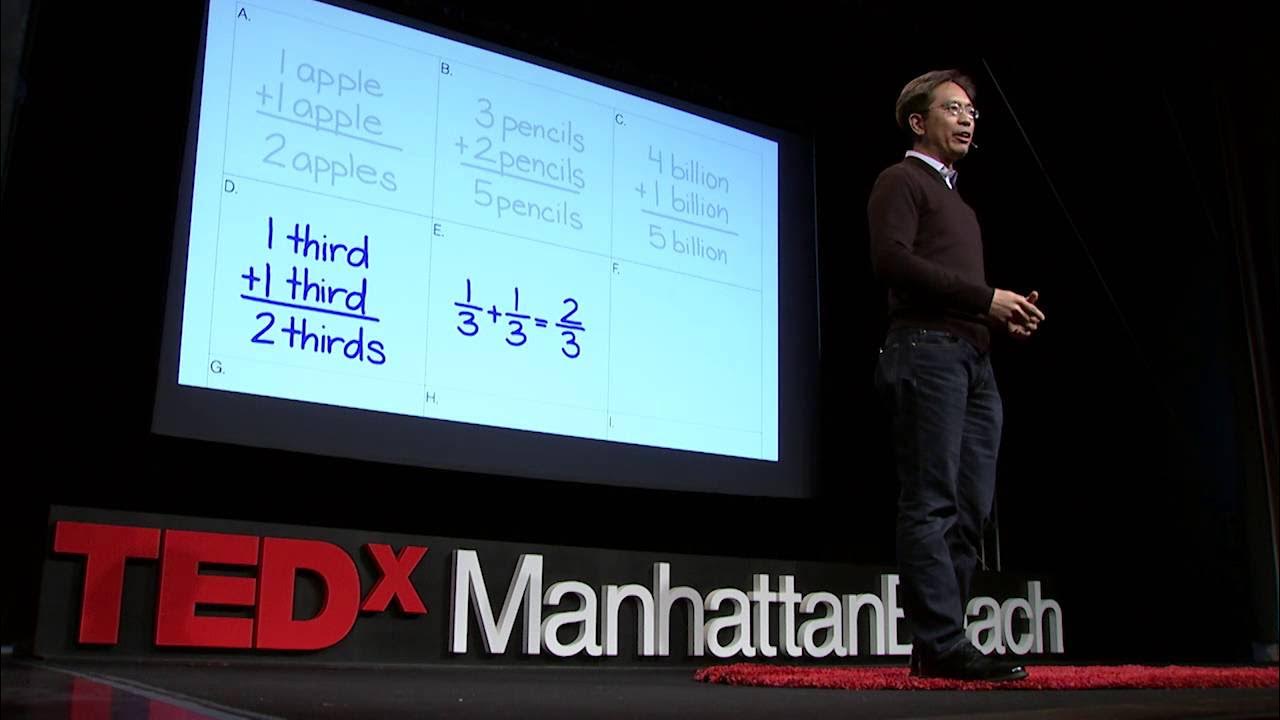Śrī Pañcadaśī 2.36-40: Nondual Point of View
Summary
TLDRThe speaker addresses the criticism of using dualistic language to describe non-dual concepts, arguing that language inherently involves a speaker and a hearer, creating duality. They emphasize the necessity of language to educate and communicate with those who are 'ignorant' of non-dual realities. The script also highlights advanced practices where silence and presence can convey deeper truths, as seen in historical examples of enlightenment. The speaker challenges the neo-Advaita stance, advocating for compassion and the use of language as a tool for guiding towards self-realization.
Takeaways
- 🙏 The speaker acknowledges the challenge of communicating non-dual concepts using inherently dualistic language.
- 🗣️ Language is dualistic by nature, involving a speaker and a listener, which creates a subject-object relationship.
- 🎭 The speaker uses examples like Catholic mass to illustrate the repetitive use of language in religious practices, reflecting a dualistic understanding of reality.
- 🚸 The necessity of language for communicating with those who are 'ignorant' of non-dual truths, as direct non-verbal communication is reserved for advanced students on the brink of enlightenment.
- 🌟 The speaker references historical examples, such as Dakshina Murti and the Buddha's flower sermon, to highlight instances of non-verbal communication leading to enlightenment.
- 🤫 Silence and non-verbal cues can be more effective than language in conveying the essence of non-dualism to the prepared mind.
- 💬 The speaker criticizes neo-Advaitans for focusing on the limitations of language, rather than using it as a tool for guiding others towards understanding.
- 🔮 The speaker asserts that despite the limitations, language can effectively describe practices that lead to self-realization, such as meditation techniques.
- 🌌 The nature of the material world and duality is transient and ever-changing, making any verbal description of the non-dual ultimately inadequate.
- 🌐 The speaker suggests that the ultimate reality, Brahman, is beyond description and can only be hinted at through language and metaphor.
- 🤝 Language serves as a pointer towards the truth, like a finger pointing at the moon, guiding individuals towards self-realization.
Q & A
What is the main argument against the use of language in conveying non-dual concepts?
-The main argument is that language is inherently dualistic, with a speaker and a hearer, an originator and a receiver, which contradicts the non-dual nature of reality that some spiritual teachings propose.
Why is repetitive language used in religious practices like in the Catholic church example?
-Repetitive language is used to reinforce beliefs and to help followers internalize the teachings, even though it may seem impersonal or tiring to a higher consciousness.
What is the significance of silence and non-verbal communication in advanced spiritual practices?
-Silence and non-verbal communication can convey deeper truths that transcend the limitations of dualistic language, as seen in the examples of Dakshina Murti and the Buddha's flower sermon.
How does Ramana Maharshi's response to questions about Samadhi or Brahman illustrate the limitations of language?
-Ramana Maharshi's response of silence and loss of ego demonstrates that some spiritual concepts cannot be fully expressed in words and require direct experience.
What is the purpose of using dualistic language to describe non-dual concepts?
-The purpose is to communicate with those who are not yet enlightened and help guide them towards understanding and practicing spiritual truths.
Why do some spiritual teachings emphasize the use of language despite its limitations?
-Language is a necessary tool for education and communication, especially for those who are ignorant of the non-dual reality and need guidance.
What is the role of practice in spiritual enlightenment according to the script?
-Practice, such as sitting in stillness and looking within, is essential for self-realization and understanding the non-dual nature of Brahman.
How is the concept of the self described in the context of non-dualism?
-The self in non-dualism is described as pure consciousness, unconditioned self-awareness without boundaries, obstacles, or end, contrasting with the limited consciousness of the body and mind.
What is the criticism of the neo-Advaitans' stance on language and spiritual teaching?
-The criticism is that their stance, which emphasizes the limitations of language, can come across as uncompassionate and lacking in the desire to help others understand or reach the truth.
How does the script address the idea that any statement about non-dual reality is inherently dualistic?
-The script acknowledges this paradox but argues that despite the inherent duality of language, it can still serve as a valuable pointer towards self-realization and understanding of non-dual reality.
What is the script's perspective on the phrase from the Dao Te Ching, 'those who speak do not know, those who know do not speak'?
-The script views this phrase as limiting and unhelpful for spiritual education, as it dismisses the possibility of using language to guide others towards understanding and enlightenment.
Outlines

このセクションは有料ユーザー限定です。 アクセスするには、アップグレードをお願いします。
今すぐアップグレードMindmap

このセクションは有料ユーザー限定です。 アクセスするには、アップグレードをお願いします。
今すぐアップグレードKeywords

このセクションは有料ユーザー限定です。 アクセスするには、アップグレードをお願いします。
今すぐアップグレードHighlights

このセクションは有料ユーザー限定です。 アクセスするには、アップグレードをお願いします。
今すぐアップグレードTranscripts

このセクションは有料ユーザー限定です。 アクセスするには、アップグレードをお願いします。
今すぐアップグレード関連動画をさらに表示

Why Is There Manifestation?

Math isn't hard, it's a language | Randy Palisoc | TEDxManhattanBeach

Native Speakerism, The Blind Leading The Blind

The Art of Seduction Summarized in Under 8 Minutes by Robert Greene

9割の人が「裁いてはいけない」を誤解している! 「批判していけない」という意味ではない。

The Words Matter | Free Sales Training Program | Sales School
5.0 / 5 (0 votes)
